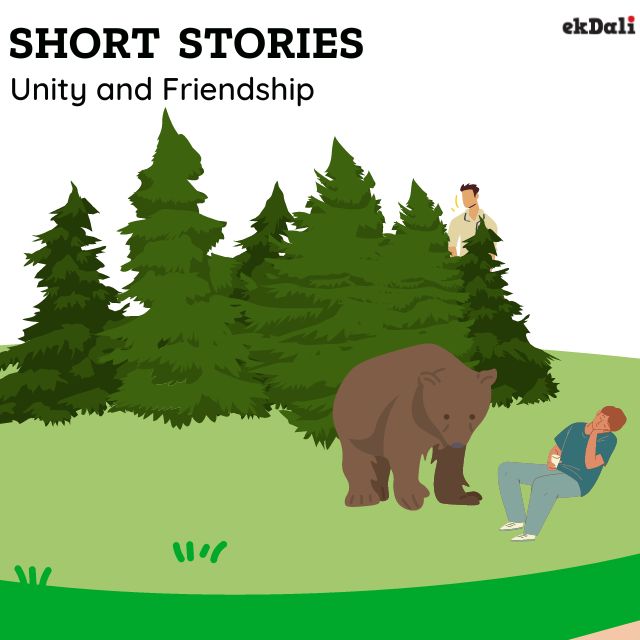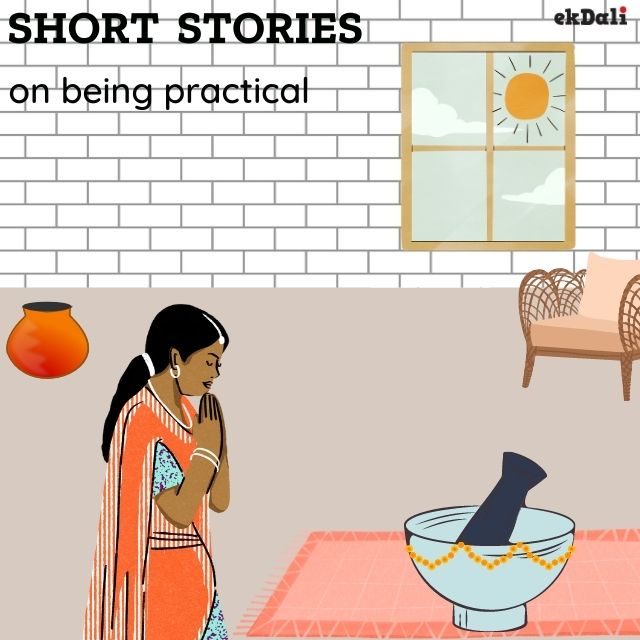Bullying can take many different forms, including verbal (threats or name-calling), physical (pushing, punching, or hitting), psychological, and emotional (spreading rumours or excluding someone from a conversation or activity).
Knowing how to spot when your child is being bullied is the first step in dealing with bullies.
Ways to spot bullying
"Physical complaints like stomachaches, as well as worries and fears, and a child not wanting to attend school" are just a few examples of typical bullying symptoms.
Avoiding or withdrawing from stressful situations is a typical defence.
You can ask questions more directly as children become older since they are much more conscious of peer relationships. When your children speak, pay close attention to what they have to say and control your own emotions.
"Parents frequently lose their temper or become agitated, but kids don't need you to snap. They require your attention, assurance, and support. They need to believe that you are dependable, capable of handling any scenario, and strong, "Kaplan says.
Here are the best strategies for dealing with bullies, according to professionals, if you've established that your child is being abused by their peers.
Establish a plan.
It's crucial to teach your child that bullying is never their fault if they are a victim of it. Bullying always has more to do with the individual who is acting out the behaviour rather than the target of the behaviour.
Although a child cannot stop their own bullying, it might be useful to have a plan in place for how to deal with it and perhaps avoid it from getting worse. Here are some recommendations for creating an ideal toolkit for kids to utilize in challenging circumstances where it may be difficult for them to think clearly.
Make a list of possible answers.
Practice telling someone to quit bullying behaviour by teaching your child various phrases. These must be uncomplicated and unambiguous, but not hostile: "Go away from me." "Slow down." It wasn't nice, that.
Playing out hypothetical situations
Role-playing is a great technique to boost your child's self-esteem and equip them to handle difficulties. Your youngster can practise several replies as you role-play the bully until they feel comfortable managing difficult situations. Teach your youngster to talk with a forceful voice as you role-play.
Encourage good body language
By the age of 3, your child is prepared to learn skills that could provide them a sense of empowerment in trying circumstances, such as when dealing with bullying. Tell your child to get in the habit of observing the colour of their friends' eyes and to use the same technique while speaking to a youngster who is upsetting them, advises Borba. As a result, they will be compelled to hold their heads high and project more assurance.
Maintain lines of communication open
Talk everyday to your children about how school is going. They won't be frightened to inform you if something is wrong if you speak in a calm, polite manner and foster a supportive environment. Insist that they speak to an adult about any issues, even those they believe to be "minor," and that their safety and well-being are crucial.
Boost your kid's self-confidence.
The less likely it is that bullying would lower your child's self-esteem, the better they feel about themselves. Encourage your child to participate in hobbies, extracurricular activities, and social settings that bring out their greatest qualities. Tell your youngster what makes them special and encourage them to continue displaying good conduct.
Praise development
Tell your youngster that you are proud of them when they describe how they stopped a harasser in their tracks. Point out a child standing up to a bully you see in the park to your child so they can adopt that strategy. Above all, stress the concept that your own parents may have imparted upon you as a child: If your child exhibits a lack of interest, a bully will typically move on.
Teach appropriate responses
Children must comprehend that bullies want to injure people and have a need for control over others. They frequently lack restraint, compassion, and sensitivity. In light of the foregoing, it may be advantageous for kids to employ the following techniques when dealing with bullies:
Bear in mind your own value. Say something encouraging to yourself when someone criticises you. Remind yourself of all your good qualities.
- Display assurance. Inform the bully of your feelings, the reasons behind them, and what you want them to do. Learn to speak with confidence and calmness while doing this. Say, for instance "Because I have a legitimate name, I get upset when you call me names. Please start addressing me by my real name going forward."
- Utilize humour to disarm the bully. Ignore their threats and go on.
- Stay secure and tell a grownup. Walk away from the situation and tell an adult what happened if you ever feel unsafe and the bully is ready to hurt you.
- Make an effort to be kind to people. Encourage other kids who are being bullied to speak up for you by standing up for them. The golden rule is to treat people how you want to be treated.
-
 Posters, Flash Cards and Books are Great Conversation Starters
Posters, Flash Cards and Books are Great Conversation Starters -
 Our Posters and Flash Cards have reached over 300,000 kids
Our Posters and Flash Cards have reached over 300,000 kids -
 Same day shipping for orders before 1 PM. Next day shipping for orders post 1 PM
Same day shipping for orders before 1 PM. Next day shipping for orders post 1 PM -
 Write to us purchase@ekdali.com
Write to us purchase@ekdali.com




















